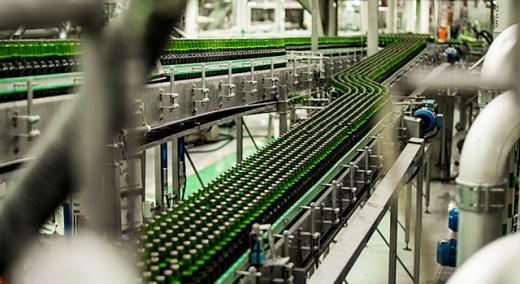First published June 7, 2021, on MIT News.
It’s no secret that a manufacturer’s ability to maintain and, ideally, increase production capability is the basis for long-run competitive success. But discovering a way to significantly increase production without buying a single piece of new equipment—that may strike you as a bit more surprising.
|
ADVERTISEMENT |
Global beer manufacturer Heineken is the second-largest brewer in the world. Founded in 1864, the company owns more than 160 breweries in more than 70 countries and sells more than 8.5 million barrels of its beer brands in the United States alone. In addition to its sustained earnings, the company has demonstrated significant social and environmental responsibility, making it a globally admired brand. Now, thanks to a pair of MIT Sloan Executive Education alumni, the firm has applied data-driven developments and AI augmentation to its operations, helping it solve a considerable production bottleneck that unleashed hidden capacity in the form of millions of cases of beer at its plant in Mexico.
…

Add new comment